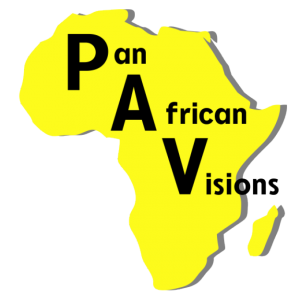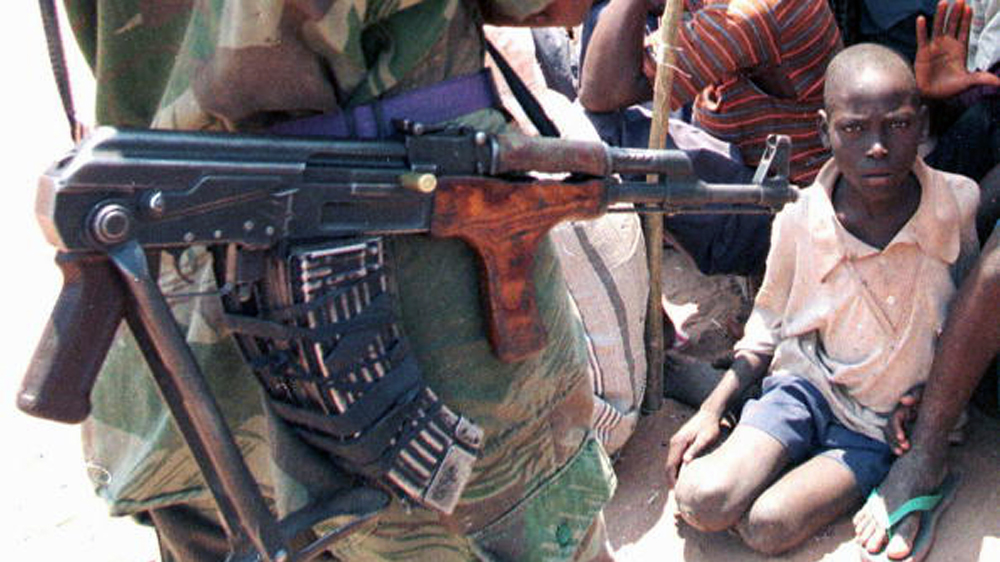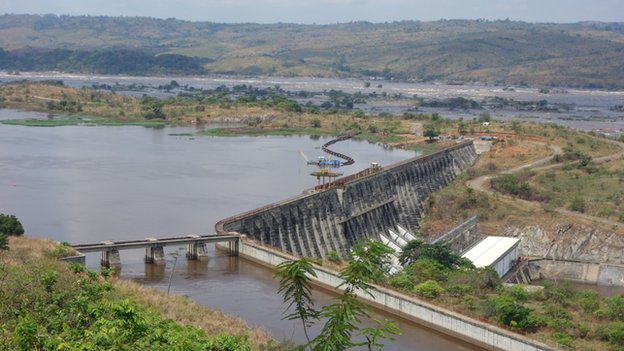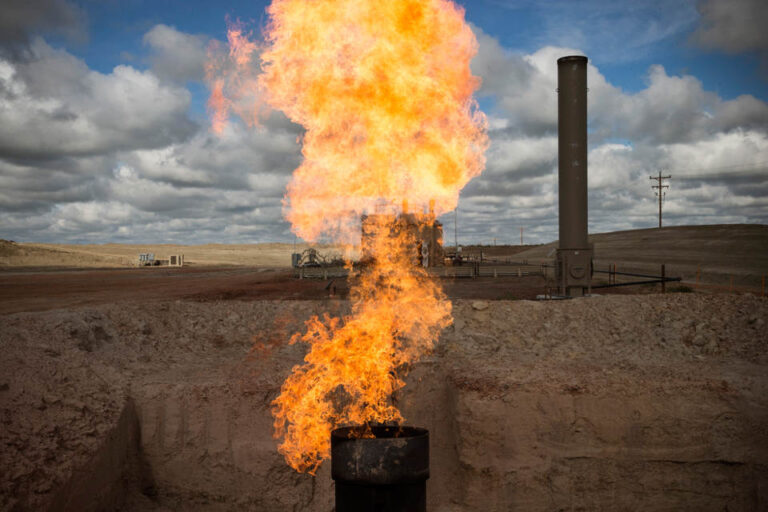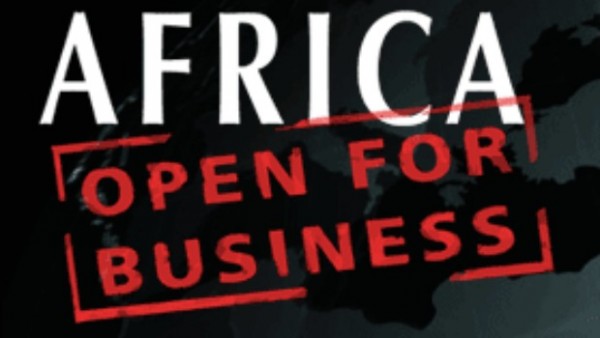Survival and resurrection after Congo’s civil war
July 01, 2016Daniel Kanyarahuru hid in the roof of his home when forces loyal to Congo's President Laurent Kabila stormed his village in Kasai-Oriental province hunting for ethnic Tutsis.
The teenager's brother, his wife, and their one-month-old baby were taken away by soldiers.
“It was the middle of the night. There was a lot of brutality. I saw they were killing people, beating people,” Kanyarahuru recalled.
The next day, after coming out of hiding, he decided it was best to be with his family – even in detention – and a neighbour took him to a military camp where they were held.
A commander was enraged that Kanyarahuru had evaded capture. He was taken to a dark room, stripped naked, and tied up. He saw a man who appeared to be his brother. “I didn't recognise him, his face was so swollen.”
Then Kanyarahuru's own beatings began. “It got to the point where I felt it wasn't me being beaten any more. I woke up three days later,” he told Al Jazeera.
For the next 15 months, Daniel Kanyarahuru suffered daily torture, had to scavenge for food, and lost his ability to walk and talk. “Every time there was a new guard, there was a lot of brutality. People looked like skeletons,” he said.
Kanyarahuru's brother, sister-in-law, and their baby all died – and he lost all hope.
“You stop feeling bad for those who die – you feel envious. There's no hope for life any more. The only thing I could do was try not to show fear of my captors, because that's exactly what they wanted to see.”
Rescue that nearly didn't happen
NGO worker Sasha Chanoff's life changed after being sent to the Democratic Republic of Congo in February 2000 as part of a small US rescue team deployed to evacuate Tutsis from the massacres they faced.
Then-president Laurent Kabila said at the time that all Tutsis were enemies of the state who needed to be hunted down after neighbouring Rwanda's Tutsi-led government invaded eastern Congo.
Tutsis in DRC were rounded up and imprisoned. Jails were turned into death camps. Executions and starvation became commonplace.
Chanoff's boss at the International Office for Migration in Kenya called him into his office and handed over a list with 112 names on it. They were Tutsi survivors who had been pre-approved for extraction by the Congolese government. It was the last such rescue mission permitted.
Under the deal, anyone not on the list would not be allowed on to the plane, his boss said, otherwise Congolese officials could step in and bar all from leaving – meaning certain death for those remaining.
Chanoff and his colleague Sheikha Ali arrived at the military compound outside the capital Kinshasa, registered the 112 survivors, and prepared to depart.
But someone working there urged them to look into a nearby tent before they left.
“Sheikha went into that tent and I followed her. In there were 32 widows and orphans who had been in a prison camp for 15 months, where many of their family members had lost their lives,” Chanoff told Al Jazeera. “They looked traumatised and emaciated – and near death.”
It was an irreconcilable dilemma for the rescuers: if they took the 32 along, they would put in jeopardy the escape of the 112 survivors cleared to leave. But ignoring those in the tent would certainly mean their demise.
“Sheikha and I argued all night, and she finally convinced me that we had to try and take them,” said Chanoff. “We called our boss and said, ‘You've got to do this'. He said – ‘You can't' – and he got very upset.”
But Chanoff persisted. His boss eventually said since it was an American rescue operation, the US ambassador to Kenya would have to sign off. Fortunately for those 32 people – he did.
Ending the ordeal
Among the group of 32 gaunt survivors in that tent was 15-year Daniel Kanyaruhuru.
“I remember the day they rescued me. I could see Sasha and Sheikha on the phones. I could see their frustration. We could tell they cared and didn't want us to stay there,” Kanyarahuru recalled.
Chanoff remembered meeting the emaciated teenager among the starved group. “He was so traumatised by the torture that he didn't talk any more.”
The 144 survivors and their rescuers flew from the DRC to safety at a camp in Cameroon. Kanyaruhuru was later granted asylum in the United States.
It was a life-changing event for Chanoff, who wrote a book about the experience, From Crisis to Calling: Finding your Moral Center in the Toughest Decisions. He also founded an innovative aid organisation for refugees called RefugePoint.
Despite his freedom and new American life, it was some time before Kanyarahuru recovered from his horrific ordeal.
“It took a while to begin speaking again. All the torture that I've seen – it becomes very clear when I close my eyes. I couldn't sleep,” he said.
But Kanyarahuru eventually turned things around. He became a track star in high school, winning many awards, and later attended college. Now in his 30s, he has a family and works at a hospital in Phoenix, Arizona.
Kanyarahuru told Al Jazeera by phone that it is impossible to put into words how he feels towards those who helped him escape.
“For them to take me out of that moment, they gave me my life back,” he said.
The post Survival and resurrection after Congo's civil war appeared first on African Media Agency.
Source:: http://amediaagency.com/survival-and-resurrection-after-congos-civil-war/
